Ⅱ. The main subject
- The Analytical Cubism
- The Synthetic Cubism
--- Picasso and Braque
- Methods
Ⅲ. Conclusion
In cubist artworks objects are all broken up, analyzed, and reassembled in an abstracted form — instead of rendering objects from a single fixed angle, the artist depicts the subject from multiple angles simultaneously as an attempt to present the subject in the most complete manner. Often the surfaces of the facets, or planes, intersect at angles that show no recognizable depth. The background and object (or figure) planes interpenetrate one another creating the ambiguous shallow space characteristic of cubism. Cubism began in 1906 with Georges Braque and Pablo Picasso, who lived in the Montmartre quarter of Paris, France. They met in 1907, and worked closely together until World War I began in 1914.
French art critic Louis Vauxcelles first used the term "cubism" "(bizarre cubiques)" in 1908. After which, the term was in wide use but the two creators of cubism refrained from using it for a quite some time. The cubism movement, born in Montmartre, expanded by the gathering of artists in Montparnasse, and was promoted by art dealer Henry Kahnweiler. It became popular so quickly that by 1910 critics were referring to a "cubist school" of artists influenced by Braque and Picasso.



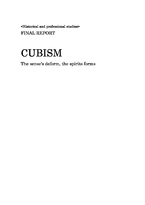
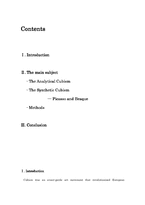

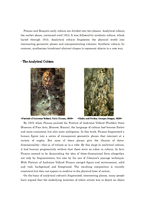
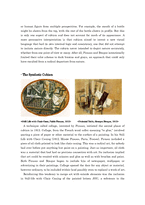
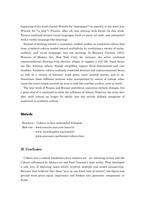

 분야
분야


